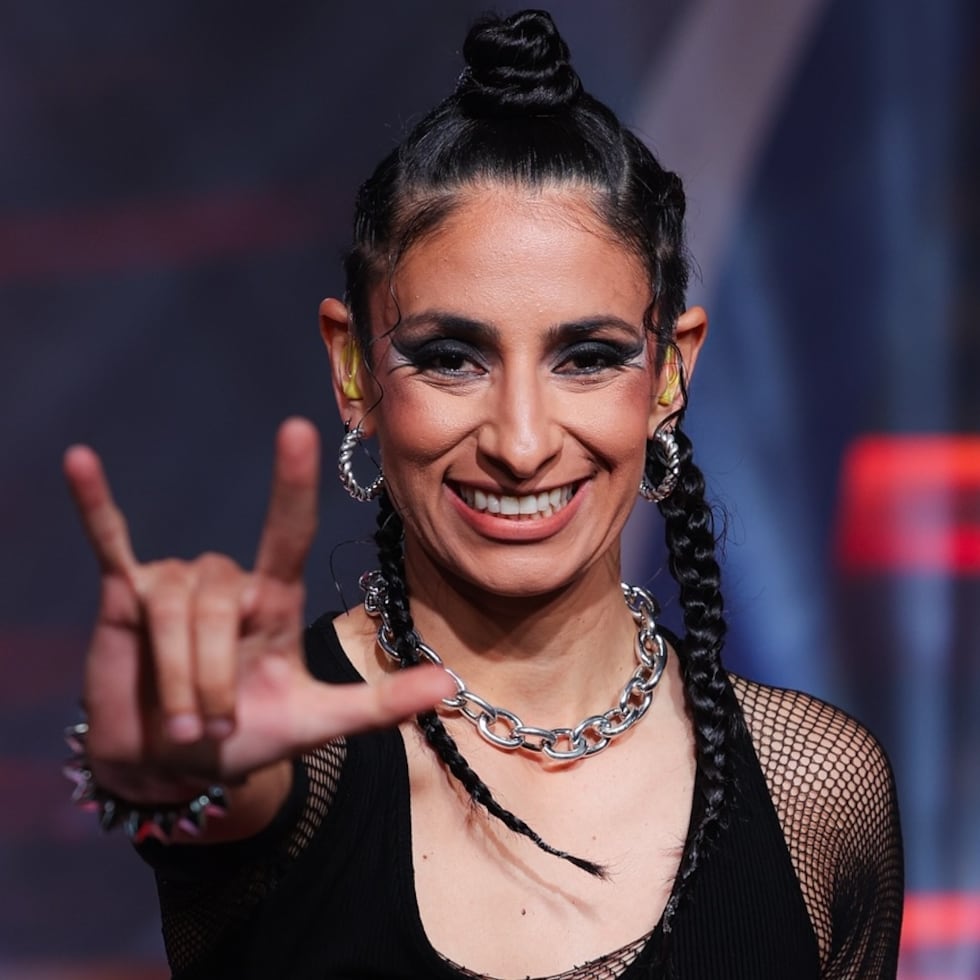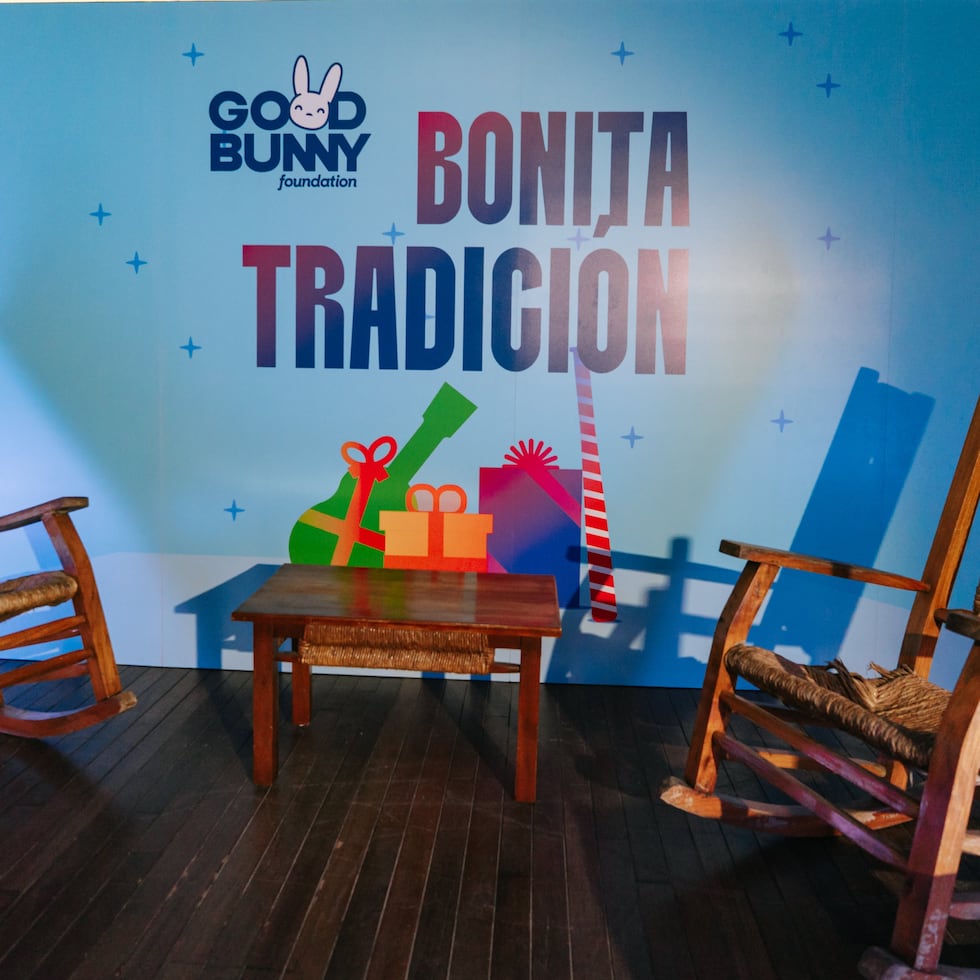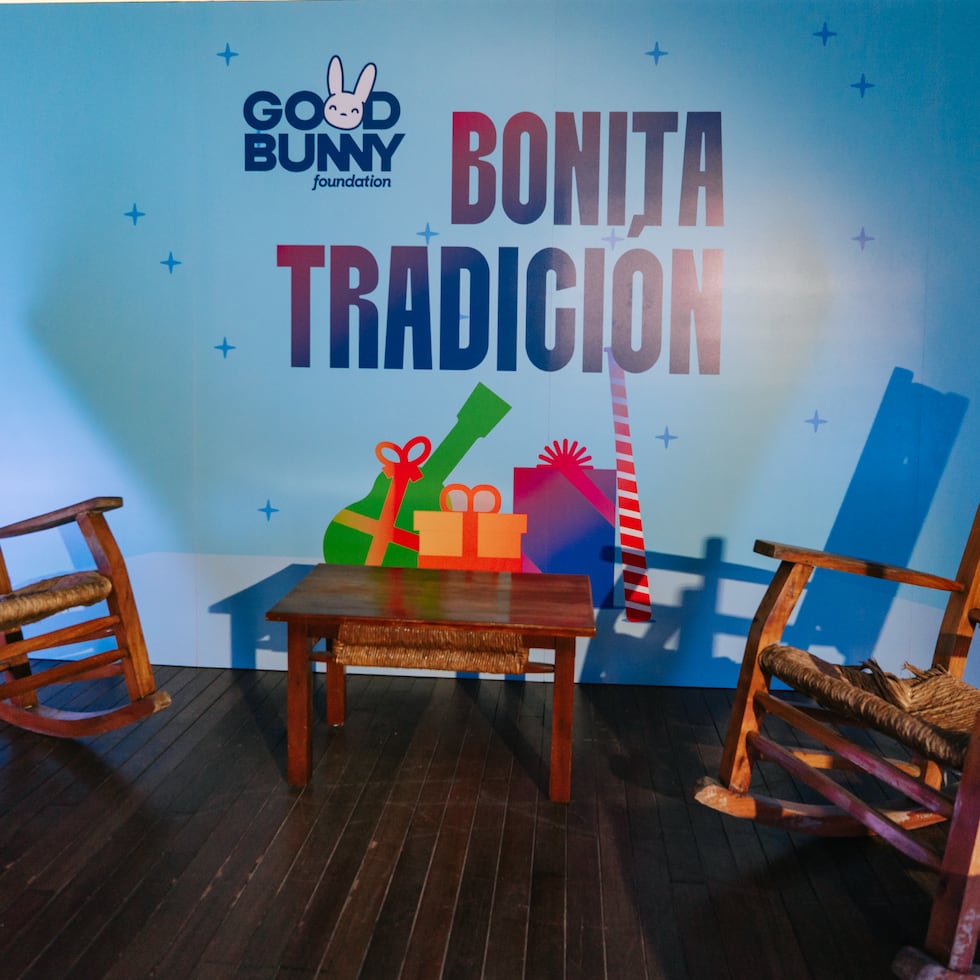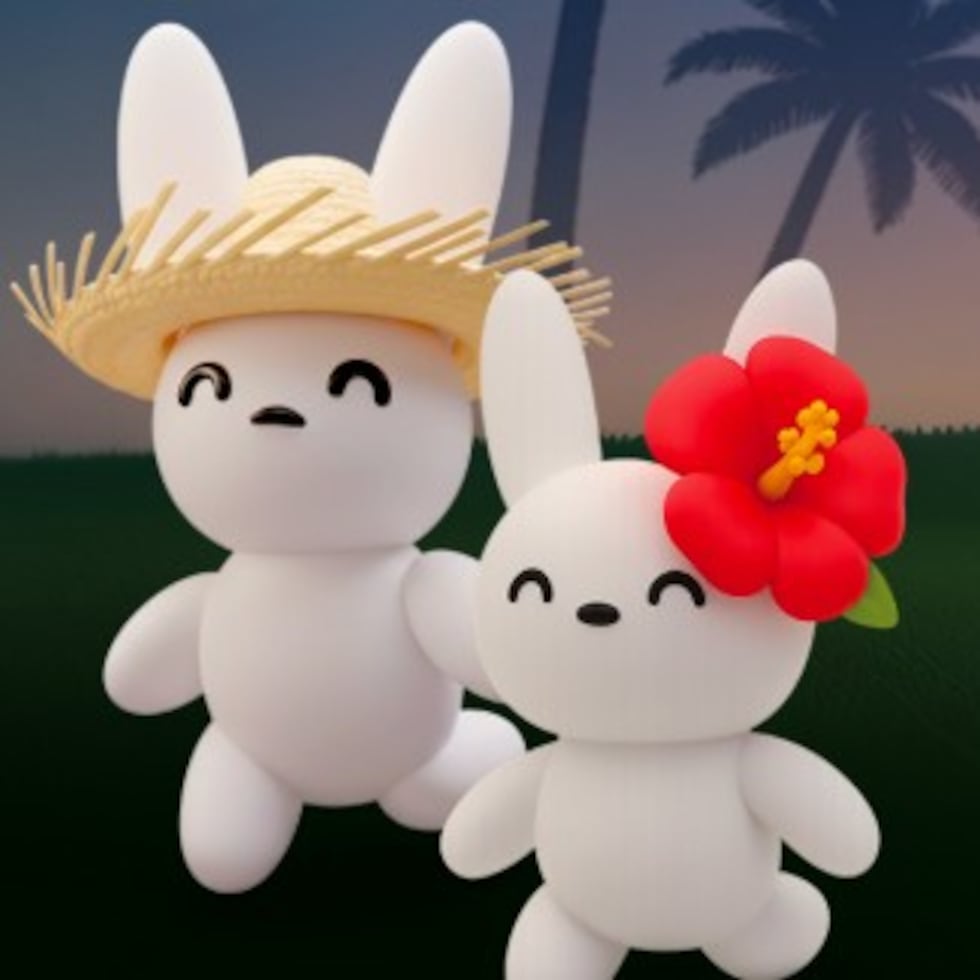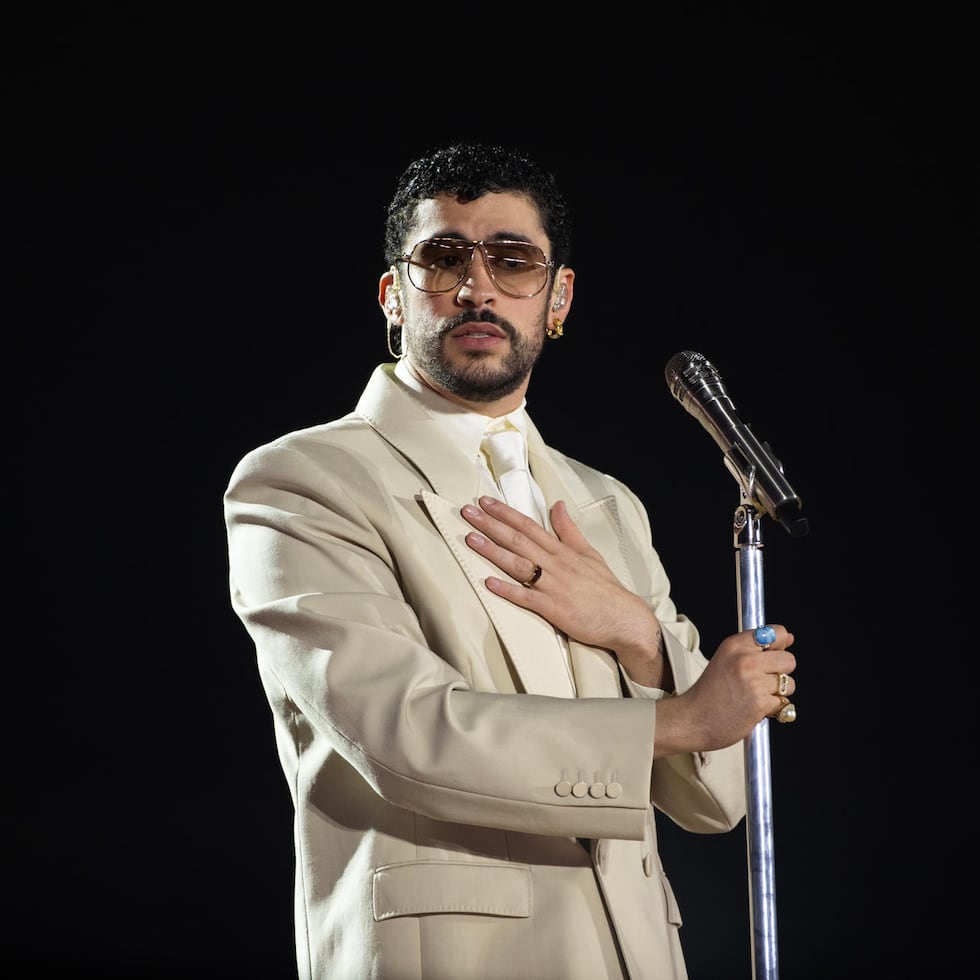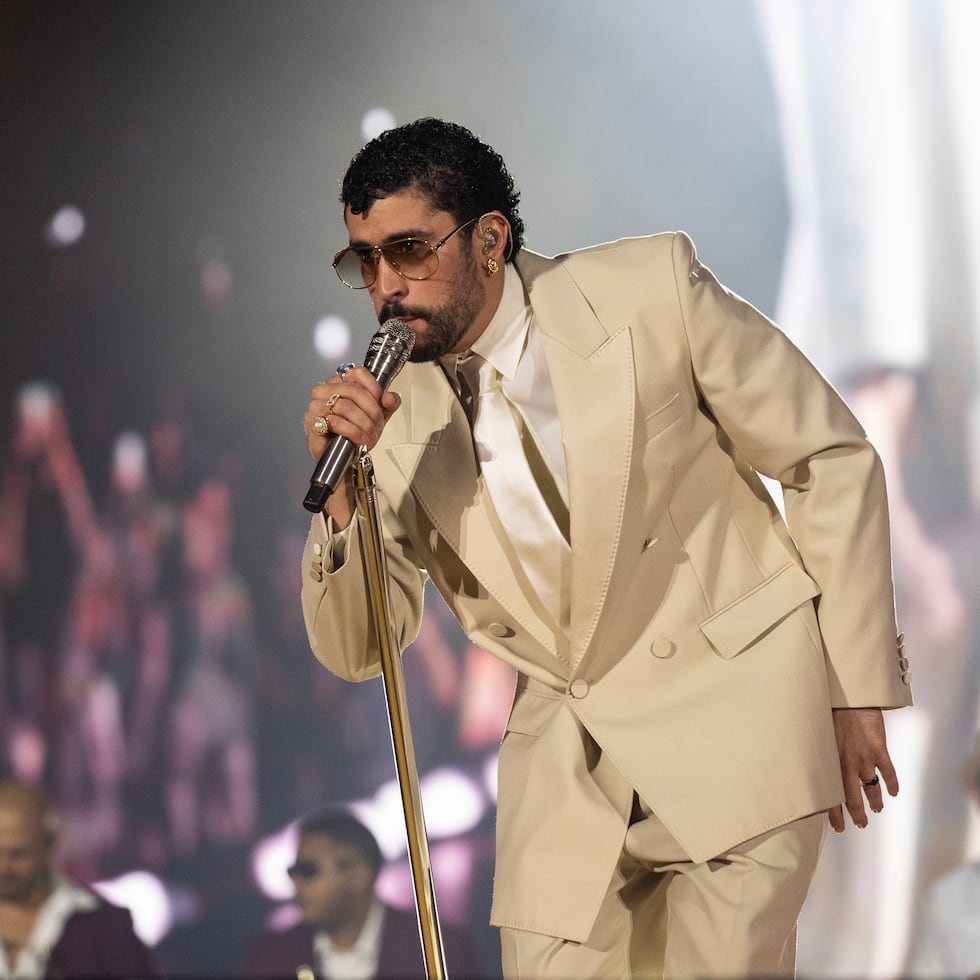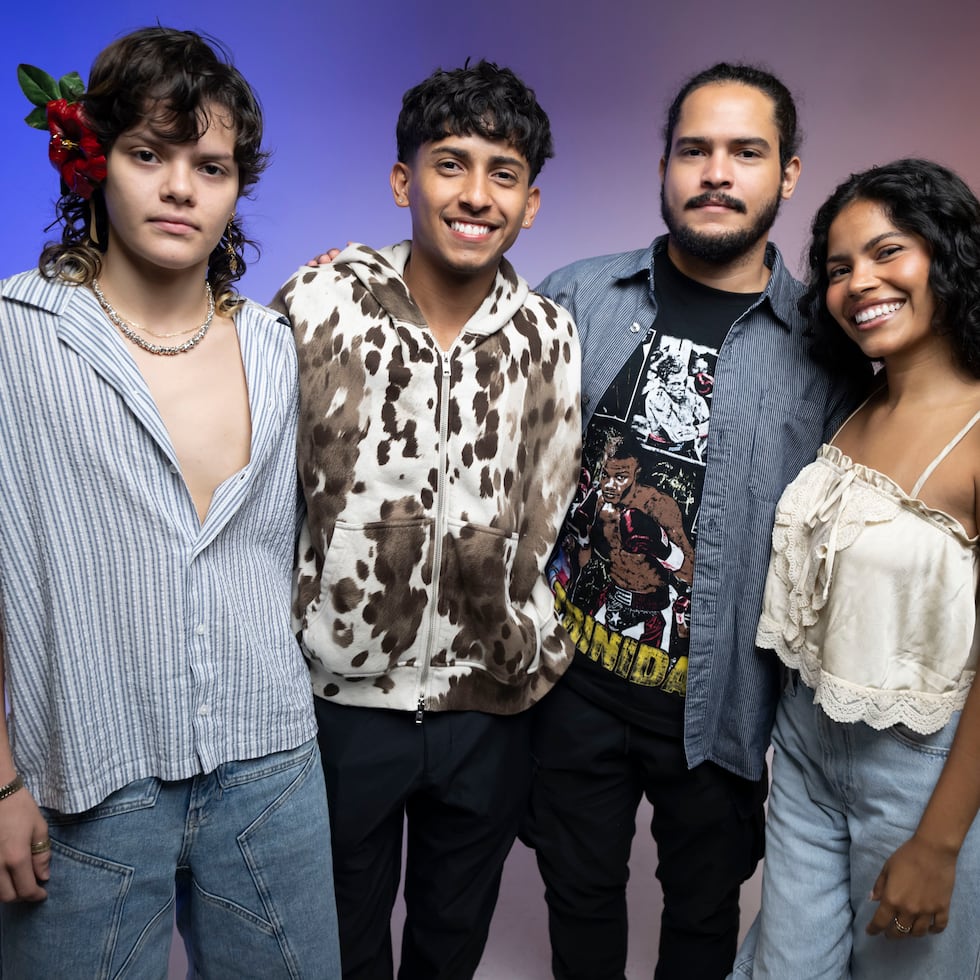Puerto Rican Urban Music: The young voice that broke barriers

The birth and development of Puerto Rican urban music took place during the 1990s and 2000s. It emerged as a response from younger generations after the 1980s music scene on the island was divided between “rockeros” and “cocolos”—fans of Anglo pop and rock versus salsa lovers, to which Dominican merengue also added its influence.
While efforts to produce Spanish-language rock in Puerto Rico failed to gain traction, urban music began to grow thanks to young people who embraced American rap and hip-hop and started composing their own lyrics in Spanish. This U.S. influence later fused with elements of Jamaican reggae and dancehall, and Dominican dembow.
This new musical movement was born in the public housing projects of the San Juan metro area. Lacking ties to the formal music industry, its early performers—alongside DJs like DJ Playero and DJ Negro—began producing and distributing their own mixtapes, selling them at dance parties they organized.
Vico C and Rubén DJ, both rappers, are recognized as the first widely known artists of this movement. The strand most influenced by Caribbean rhythms found its leading figure in Daddy Yankee, followed by Don Omar, Tego Calderón, and the duo Héctor & Tito. Yankee is credited with coining the term reggaetón to describe the emerging genre.
While Puerto Rican rap mirrored its English-language counterpart by addressing social issues, reggaetón took a more erotic turn, often portraying the world of drug trafficking and gang rivalries through songs known as “tiraeras.” Over time, explicit references to crime gave way to bragging about material wealth and fame, as reggaetón artists gained international stardom. The sexual themes softened and became more romantic, though they never disappeared entirely. This shift was driven by artists like Daddy Yankee, Wisin & Yandel, Tito El Bambino, Jowell & Randy, Alexis & Fido, Plan B, Farruko, and Ozuna.
From the start, Puerto Rican urban music also had female representation through Lisa M and Ivy Queen, the latter of whom remains active today. The genre—often referred to simply as el “género”—underwent another transformation with the rise of trap, a subgenre of hip-hop that originated in the southern United States. Puerto Rican artists once again made the genre their own, despite its origins, embracing its raw and explicit language.
New stars emerged, including Anuel AA, Arcángel, Eladio Carrión, Bryant Myers, Myke Towers, Rauw Alejandro, Jay Wheeler, Villano Antillano, and ultimately Bad Bunny, the most globally recognized Puerto Rican artist to date. His career took off in 2016 with the hit single “Diles.”
Despite the genre’s roots in English-speaking music, from rap to reggaetón to trap, one thing that has remained constant is Puerto Rican artists’ commitment to expressing themselves in Spanish, proudly sharing their language and slang with the world.
Key Artists:
Vico C, Daddy Yankee, Don Omar, Wisin & Yandel, Ivy Queen, Bad Bunny, Ozuna, Rauw Alejandro, Jay Wheeler





